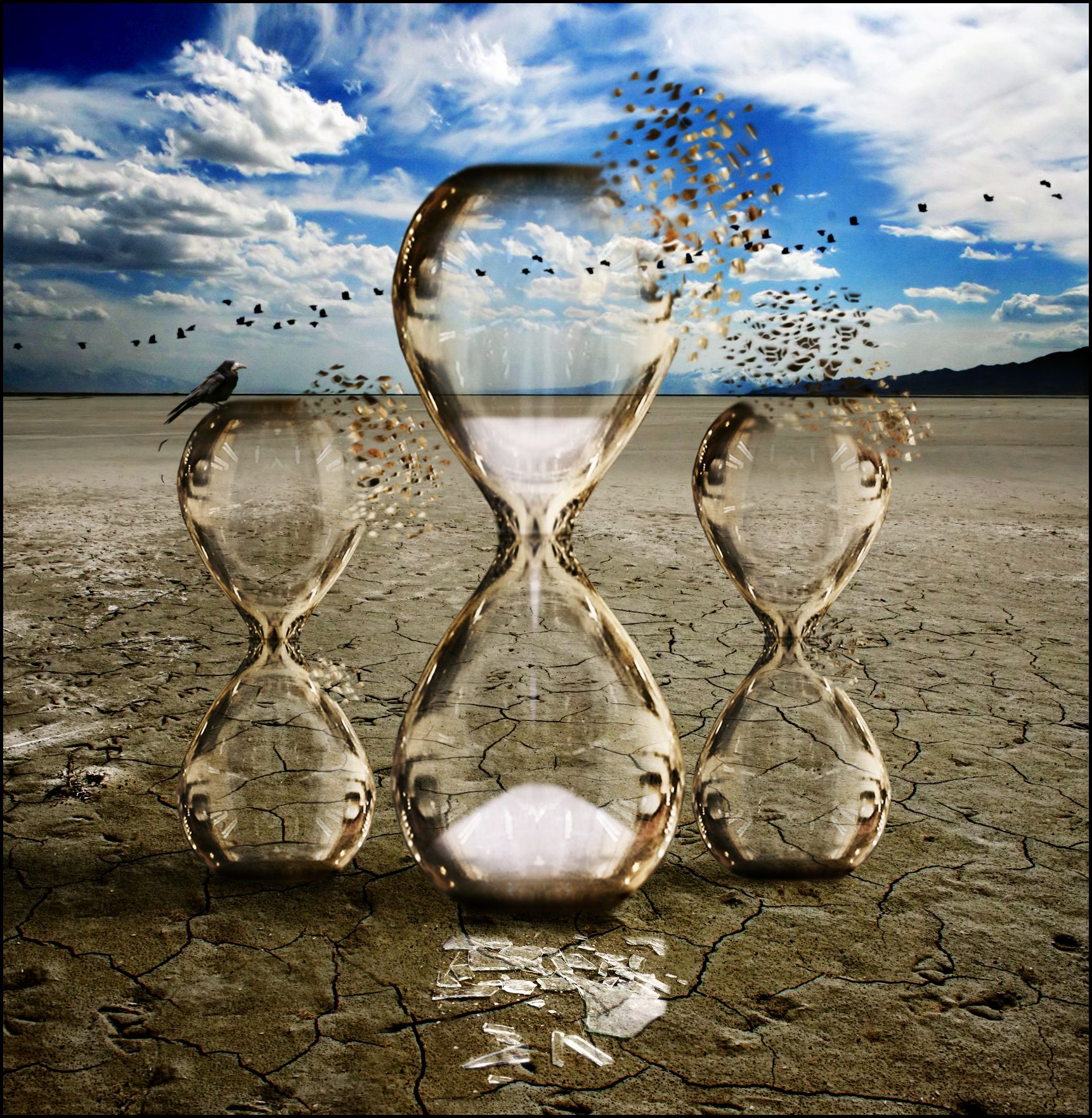The Dependable River of Life
The once-mighty Mississippi River is in crisis.

In recent years, the Mississippi River has experienced severe, months-long droughts that take hold across a vast swathe of America’s Midwest and South, regularly leaving the river at historic lows.
Forty percent of the continental United States drains into the river. The Mississippi River is far more than just a storied body of water. It is America’s superhighway. Ninety-two percent of all U.S. agricultural exports and 78 percent of the globe’s exported feed grain are transported on the river. From freshly harvested corn shipped all over the world to coffee that’s served in cafes across the Midwest, nearly 500 million tons of goods are shipped up and down the river every year. But today, the growing frequency of droughts is forcing barges to carry fewer goods.
Just a one-foot fall in water level shaves 100,000 bushels of soybeans from a typical 15-barge tow. That’s the equivalent of 2,738 metric tons—enough to overflow an Olympic-sized swimming pool.
A low Mississippi River is not only bad news for Americans, but also for countries as far away as China, Japan, and Indonesia where Midwestern grain and soybeans are essential food sources. In 2022, the low river levels resulted in an estimated $20 billion in lost trade.
Something dependable, some of us might even say almost eternal, is in danger of no longer being dependable.
Thankfully, we serve One whose power and provision flows dependably, eternally. He is, Himself, the Living Water — the source of all life.
"There is a river whose streams make glad the city of God, the holy habitation of the Most High" (Psalm 46:4, ESV).
"Then the angel showed me the river of the water of life, bright as crystal, flowing from the throne of God and of the Lamb" (Revelation 22:1, ESV).
Explaining Eternity
I have a gentleman who likes to challenge the pastor (me). He regularly attends Wednesday evening for Bible study and prayer, which offers a discussion format. Recently, he asked, "Pastor can you please explain eternity to me." I responded, "I could, but it would take forever."

Eternity is difficult, if not impossible, to illustrate. I have, time and again, heard preachers try to relate just how long eternity will be with stories that always end the same way--"This or that will be like one second in eternity." I have been guilty of using such myself.
The problem lies in the fact that you cannot use time to illustrate eternity because eternity transcends time. It's like saying, "I could hear the concern in his face." Or, "I could see the trembling in his voice." Since eternity can't be measured in time, it can't be illustrated in time. It will always contain more than the mere passing of seconds, minutes, hours, days, weeks, months, years, decades, centuries, or millennia.
"Yet God has made everything beautiful for its own time. He has planted eternity in the human heart, but even so, people cannot see the whole scope of God's work from beginning to end" (Ecclesiastes 3:11).
What Is Your Trajectory?
The New Oxford Online Dictionary defines trajectory as “the path followed by a projectile flying or an object moving under the action of given forces” (n/p). The term is used of everything from ammunition to astronomy, but in its figurative sense can be used to speak of the law of sowing and reaping or cause and effect. There appears to be three elements to this definition: the path, the object, and the action of given forces. Apply this to a person’s life and the discussion takes on eternal significance.
- The path: Jesus teaches that there are really only two paths to take, “the broad way” and “the narrow way” (Mat. 7:13-14). Some have given no thought as to which road they are taking. Others convince themselves they are on the narrow way when an honest, objective look reveals it to be the other way. Some change roads, for good or bad. However, we cannot successfully argue that we are not on a path leading somewhere, whether the destination is “destruction” or “life.”
- The object: Friend, the object (projectile) in this path of trajectory is the individual. It is you and me. We are moving closer to our eternal destination every day. God created a never-dying soul within us (Mat. 25:46; Ec. 12:7). As it was with the rich man and Lazarus (Lk. 16:19-31), we will lift up our eyes in either Abraham’s bosom or in torment. That soul was precious enough to God to pay the highest price to ransom it (John 3:16), but we may choose to give it away by allowing the trajectory of our life to miss the intended target (cf. Mat. 16:26).
- The action of given forces: We are not helpless regarding this, but force implies pressure, resistance, and influence. The decisions we make, the people we allow to have influence on us, our choices, what we prioritize, and what values we establish become the forces moving us to the destination. It is seen in our attitudes, words, and actions.
The earlier we figure this out, the sooner we will make it our aim to do everything we can to head in the right direction. We can change paths, but the longer we are aimed at the wrong target, the harder we make it on ourselves to change course. This is true with our finances, our physical health, our occupation, our marriage and family, but nowhere are the stakes as high than as concerns our eternal destiny. Let’s give thought to the trajectory of our lives and be sure that where we are heading is where we really want to go.